Financial & Managerial Accounting 13th Edition By Carl Warren – Test Bank
1. Twenty percent of all businesses in the United States are corporations, and they account for 80% of the total business dollars generated.
a. True
b. False
ANSWER: False
DIFFICULTY: Easy
Bloom’s: Remembering
LEARNING OBJECTIVES: FNMN.WARD.16.11-01 – LO: 11-01
ACCREDITING STANDARDS: ACCT.ACBSP.APC.20 – Accounting for Corporations
ACCT.AICPA.BB.01 – Industry
ACCT.AICPA.FN.03 – Measurement
BUSPROG: Analytic
2. A corporation is a separate entity for accounting purposes but not for legal purposes.
a. True
b. False
ANSWER: False
DIFFICULTY: Easy
Bloom’s: Remembering
LEARNING OBJECTIVES: FNMN.WARD.16.11-01 – LO: 11-01
ACCREDITING STANDARDS: ACCT.ACBSP.APC.20 – Accounting for Corporations
ACCT.AICPA.BB.03 – Legal
ACCT.AICPA.FN.03 – Measurement
BUSPROG: Analytic
3. The financial loss that each stockholder in a corporation can incur is usually limited to the amount invested by the stockholder.
a. True
b. False
ANSWER: True
DIFFICULTY: Easy
Bloom’s: Remembering
LEARNING OBJECTIVES: FNMN.WARD.16.11-01 – LO: 11-01
ACCREDITING STANDARDS: ACCT.ACBSP.APC.20 – Accounting for Corporations
ACCT.AICPA.FN.03 – Measurement
BUSPROG: Analytic
4. Under the Internal Revenue Code, corporations are required to pay federal income taxes.
a. True
b. False
ANSWER: True
DIFFICULTY: Easy
Bloom’s: Remembering
LEARNING OBJECTIVES: FNMN.WARD.16.11-01 – LO: 11-01
ACCREDITING STANDARDS: ACCT.ACBSP.APC.20 – Accounting for Corporations
ACCT.AICPA.BB.03 – Legal
ACCT.AICPA.FN.03 – Measurement
BUSPROG: Analytic
5. Double taxation is a disadvantage of a corporation because the corporation has to pay income taxes at twice the rate applied to partnerships.
a. True
b. False
ANSWER: False
DIFFICULTY: Easy
Bloom’s: Remembering
LEARNING OBJECTIVES: FNMN.WARD.16.11-01 – LO: 11-01
ACCREDITING STANDARDS: ACCT.ACBSP.APC.20 – Accounting for Corporations
ACCT.AICPA.BB.03 – Legal
ACCT.AICPA.FN.03 – Measurement
BUSPROG: Analytic
6. The initial stockholders of a newly formed corporation are called directors.
a. True
b. False
ANSWER: False
DIFFICULTY: Easy
Bloom’s: Remembering
LEARNING OBJECTIVES: FNMN.WARD.16.11-01 – LO: 11-01
ACCREDITING STANDARDS: ACCT.ACBSP.APC.20 – Accounting for Corporations
ACCT.AICPA.BB.03 – Legal
ACCT.AICPA.FN.03 – Measurement
BUSPROG: Analytic
7. While some businesses have been granted charters under state laws, most businesses receive their charters under federal laws.
a. True
b. False
ANSWER: False
DIFFICULTY: Easy
Bloom’s: Remembering
LEARNING OBJECTIVES: FNMN.WARD.16.11-01 – LO: 11-01
ACCREDITING STANDARDS: ACCT.ACBSP.APC.20 – Accounting for Corporations
ACCT.AICPA.BB.03 – Legal
ACCT.AICPA.FN.03 – Measurement
BUSPROG: Analytic
8. Organizational expenses are classified as intangible assets on the balance sheet.
a. True
b. False
ANSWER: False
DIFFICULTY: Easy
Bloom’s: Remembering
LEARNING OBJECTIVES: FNMN.WARD.16.11-01 – LO: 11-01
ACCREDITING STANDARDS: ACCT.ACBSP.APC.20 – Accounting for Corporations
ACCT.AICPA.FN.03 – Measurement
BUSPROG: Analytic
9. The two main sources of stockholders’ equity are investments contributed by stockholders and net income retained in the business.
a. True
b. False
ANSWER: True
DIFFICULTY: Easy
Bloom’s: Remembering
LEARNING OBJECTIVES: FNMN.WARD.16.11-02 – LO: 11-02
ACCREDITING STANDARDS: ACCT.ACBSP.APC.20 – Accounting for Corporations
ACCT.AICPA.FN.03 – Measurement
BUSPROG: Analytic
10. Retained Earnings represents past net income less past dividends, therefore any balance in this account would be listed on the income statement.
a. True
b. False
ANSWER: False
DIFFICULTY: Easy
Bloom’s: Remembering
LEARNING OBJECTIVES: FNMN.WARD.16.11-02 – LO: 11-02
ACCREDITING STANDARDS: ACCT.ACBSP.APC.20 – Accounting for Corporations
ACCT.AICPA.FN.03 – Measurement
BUSPROG: Analytic


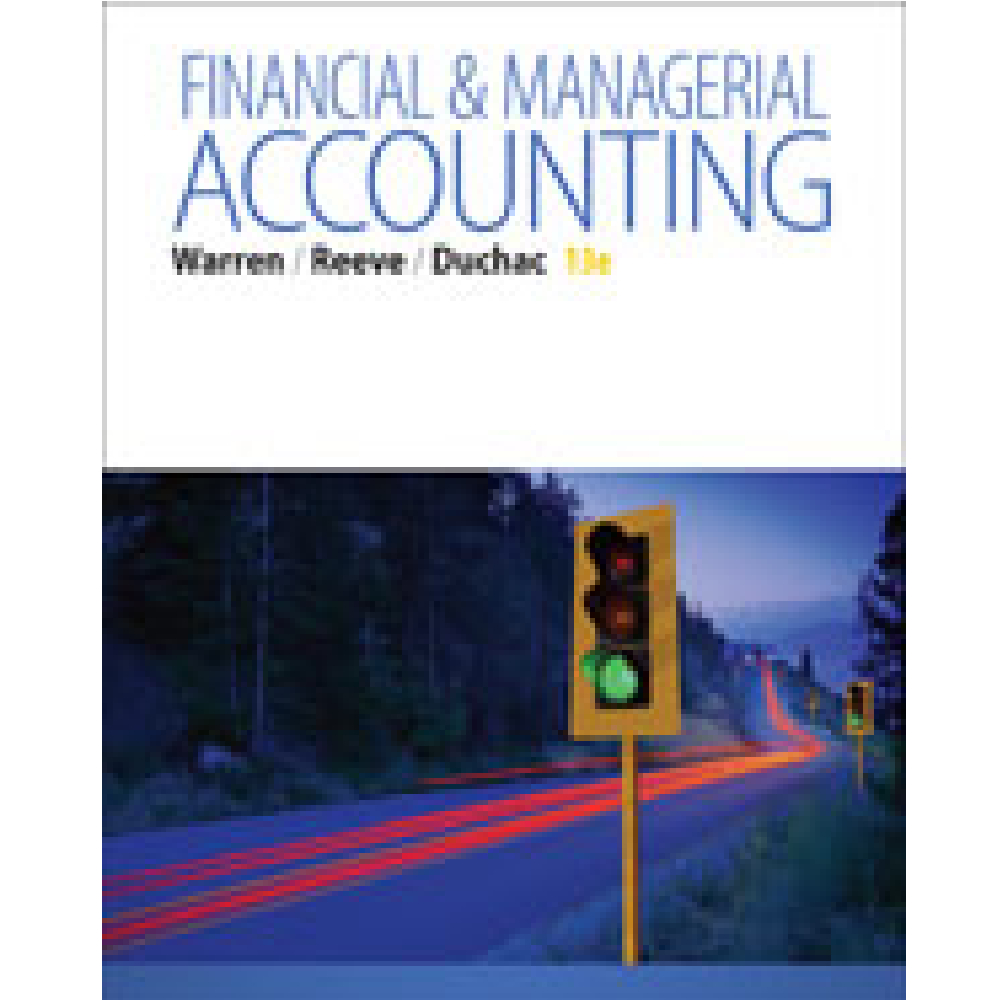
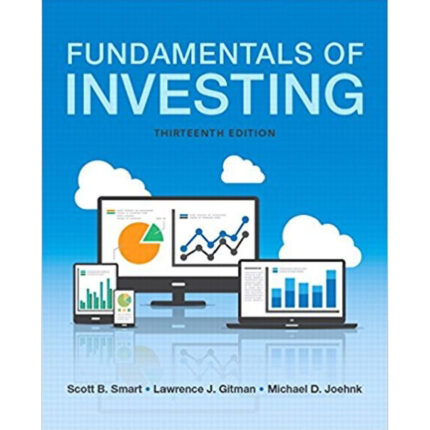
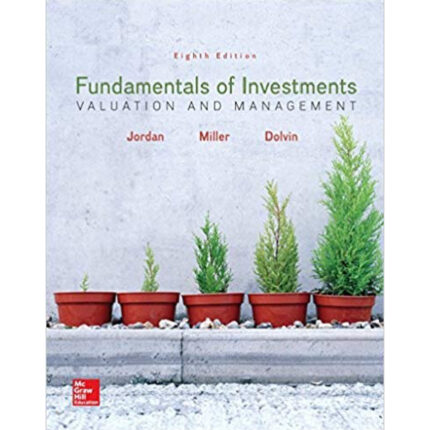




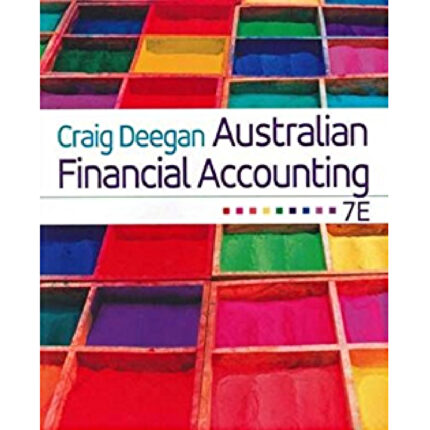


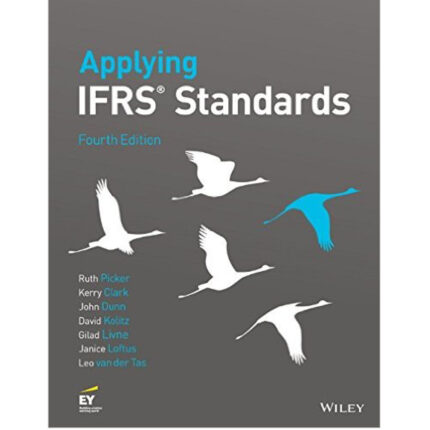
Reviews
There are no reviews yet.